Learn How to Best Prepare a Vegetable Garden
Get started on your vegetable garden with these tips!
Updated May 14 2020, 11:18 a.m. ET
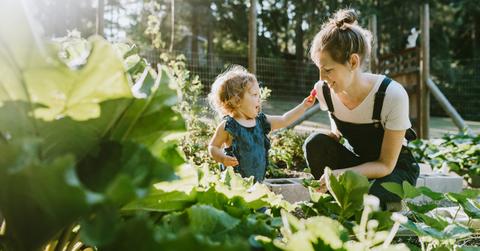
What’s more rewarding than watching the birdfeeder in your backyard or even attracting a handsome little hummingbird with sugar-water nectar? (Not going to lie, both of those are pretty rewarding…) Reaping the seeds that you sow yourself. Yes, I’m talking about gardening.
In my personal experience, there are two types of people: People who garden and people who are convinced they can’t garden. But really, you can start learning at any time. It may seem difficult — after all, you’re growing things, like from scratch, out of the dirt! — but with a little bit of TLC, you can do it. Whether you choose the lazy gardener’s route, grow your own veggie garden in upcycled bottles, or stick to the old-fashioned way of gardening, you can totally prepare a vegetable garden — one that grows and even thrives.
Ready to get started on preparing your vegetable garden? Keep reading!
Are vegetable gardens worth it?
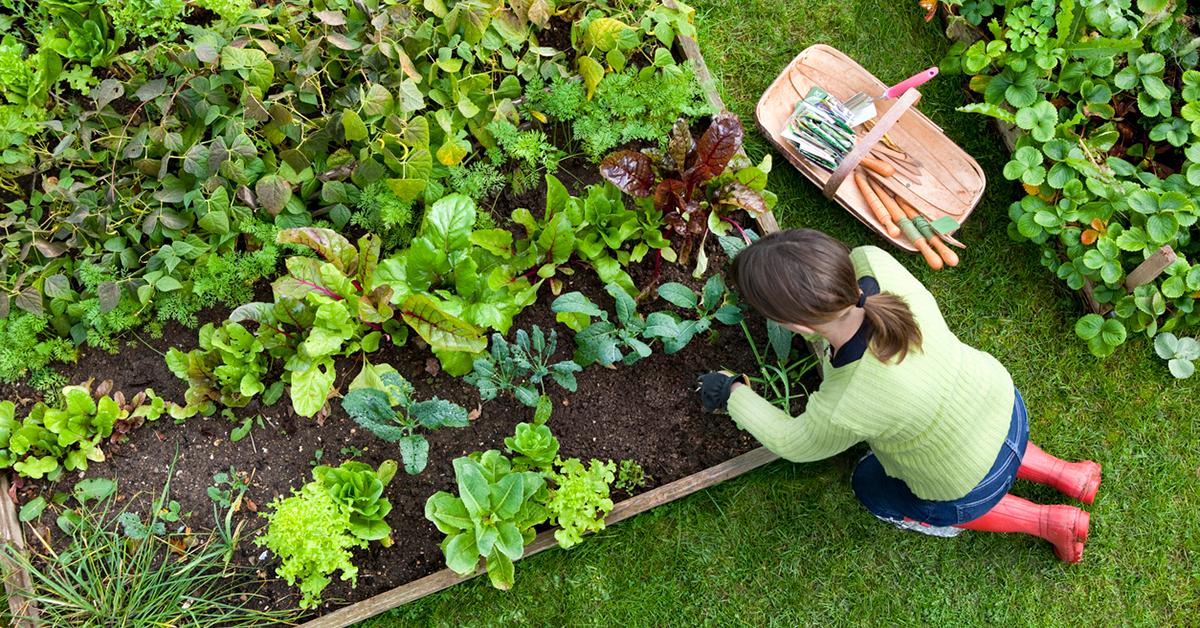
Can you believe this is one of the top questions people ask about vegetable gardens? “Is it worth it?” Here’s our answer: Plant your own seeds, water your seedlings every day, transfer them to a greenhouse, pick your veggies, use them to cook dinner, and tell us: Was it worth it?
Consider this: During the coronavirus pandemic, gardening has seen a dramatic spike. A trend has even started of people calling the gardens they’ve started during the COVID-19 outbreak their “COVID Victory Gardens.” And for good reason! Actually, reasons — plural. First of all, the COVID outbreak resulted in many grocery stores receiving limited resources and with a garden, you can simply make your own food resource and grow your own. Secondly, the act of gardening is therapeutic.
In fact, it’s backed by science. According to CNN, being in nature in any capacity — whether it’s taking a walk in a park, a hike through the woods, or even just living near nature — can calm intensified states of mind and slow down blood pressure, stress hormones, and your heart rate. But the same article points out that gardening specifically offers something even deeper, which is why it’s often referred to as “horticultural therapy.”
It makes sense, right? Just as taking care of a pet can inspire feelings of value and purpose, acting as a caretaker to plants can improve mood, quicken recovery time for patients receiving medical care, and can reduce stress.
All of that on top of your freshly grown vegetables! So, is making a vegetable garden “worth” it? You weigh the benefits!
How to prepare a vegetable garden bed:

While some people might think you can just skip right to buying the seeds, there is actually a bit of preparation that goes into getting a garden bed ready for vegetable planting. The most important part of prepping your vegetable garden bed is getting the soil ready.
You will need to start with a high-quality soil. Believe it or not, not all soil (or dirt) is created equally, especially when it comes to gardening. In order to grow, vegetables need to be planted in high-quality soil that is going to give them the nutrients they need to thrive. For this reason, skip the topsoil — it’s some of the most cheaply priced and cheaply made soil. Instead, find a soil that has a lot of organic matter and nutrients. If possible, opt for organic soil.
If you have an existing garden plot, you are probably ready to prep your soil. Don’t have a designated garden yet? Skip down to the next section for tips on starting your vegetable garden from scratch.
Prep your soil by removing all grass and weeds. When you pull weeds and grasses, make sure to get them by the root, or else they will just grow back again. Next, add edging to your garden as a boundary; it prevents weed and grass from getting in and as long as it’s wedged into the ground well, keeps weeds and grass from growing underneath it, too. Edging could be anything from a black plastic bumper to bricks or concrete bricks. Next, you want to build the best garden soil possible. This starts with a great base: in other words, hopefully a high quality soil. But high quality soil on its own isn’t enough. You’ll also need to add organic soil amendments. If you have clay soil, you’ll want to add compost — a natural fertilizer composed of decaying organic matter. If you have a lower quality soil, you might need to add even more compost. Compost is a fertilizer, but you might also want to opt for adding a second layer of fertilizer, an organic fertilizer specifically designed to treat vegetable gardens. Plant food and organic worm castings work well, too.
Thought we were done? Not quite! Tilling the soil is totally optional, but it might be a step you want to consider. Tilling is a type of agricultural preparation that ultimately cultivates the soil, as in, it mixes the soil amendments you added in the last step with the garden soil that was already present and breaks things up, making it easier for roots to grow deep in the soil.
The last step is adding a layer of mulch. (There’s a reason every garden in your neighborhood reeks every spring; people are prepping their gardens for the warmer weather!) Compost and other organic soil amendments really should not take the place of mulch; mulch fights off weeds and retains the perfect amount of moisture in the soil. With mulch, you’ll find yourself watering your garden less and your plants growing bigger and stronger over time.
With all that preparation completed, your garden is now ready for planting seeds.
How to prepare a vegetable garden from scratch:

If you need to plan your garden plot, start by mapping your garden out on paper. You’ll want to take care to account for how much space and materials you will need.
When mapping out your vegetable garden, plan to group alike vegetation together: green vegetables in one area, herbs in another, root vegetables in another. Often, the same kinds of plants require the same kind of care. If one root vegetable requires X amount of sunlight and X amount of watering, it’s a safe bet that another root vegetable requires that, too. Speaking of sunlight, that’s something to consider when choosing the location of your vegetable garden. According to SF Gate, veggie gardens in the Northern Hemisphere should face south for the most sun exposure throughout the day. If that’s not possible, face your garden toward the west.
You might also want to use raised beds. Raised beds make it easier to group like-minded vegetation, as with raised beds, you can designate specific types of seeds to each distinguished bed. Bonus? Raised beds typically have better drainage.
Also consider adding trellises to your vegetable garden. Trellises are not only aesthetically pleasing, but they serve an important function when nearby growing vegetables. Veggies such as cucumbers, peas, pole beans, squash, sweet potatoes, and tomatoes are what’s considered “vining” veggies, meaning that their vines will grow up the trellis, causing the veggies themselves to climb up the trellis on the vine.
Now that your vegetable garden beds are all set, refer back to the previous section for preparation of soil.
Can vegetable gardens grow in shade?
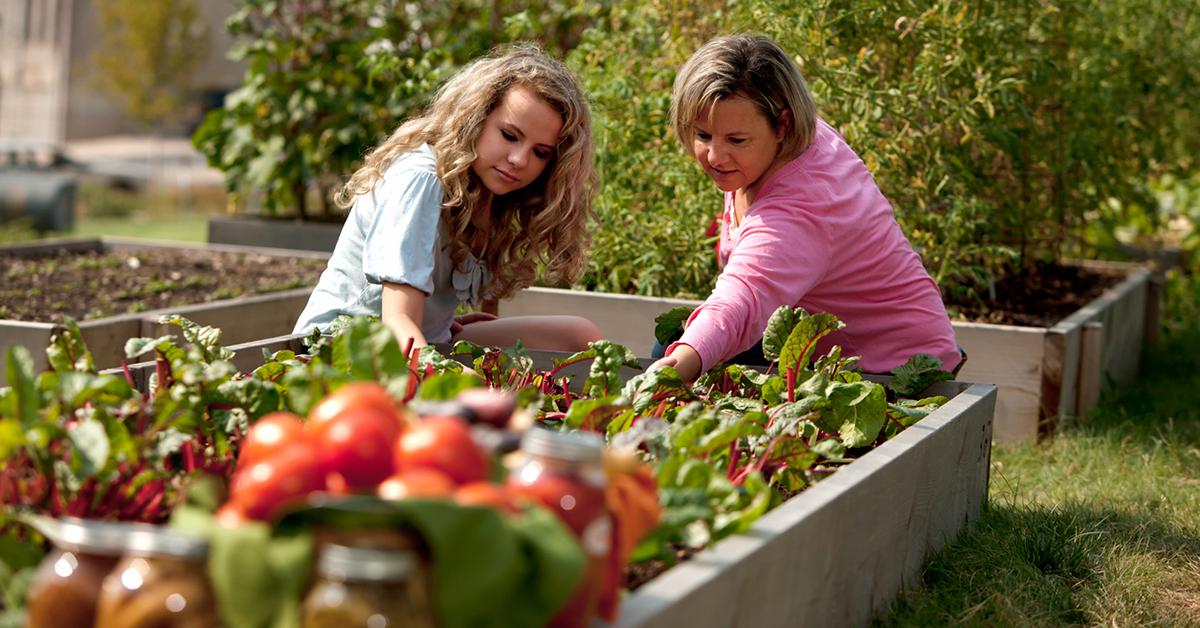
It’s a tricky question. While, yes, some vegetables tend to thrive in shade — particularly vegetables with big leaves and roots — a vegetable garden really should face southward (in the Northern Hemisphere, SFGate reports). Facing your vegetable garden southward ensures that your veggies receive the most exposure to sunlight throughout the day, but if facing south is not an option, you can face it toward the west.
Whatever you do, avoid facing your vegetable garden toward the north. When facing north, your vegetable garden will receive the least amount of sunlight of all the directions. While the shade might help some vegetables — like cabbage, lettuce, spinach, beets, leeks, potatoes, and turnips — grow, overall, a vegetable garden needs a decent amount of sunlight.
Can vegetable gardens be grown in pots?
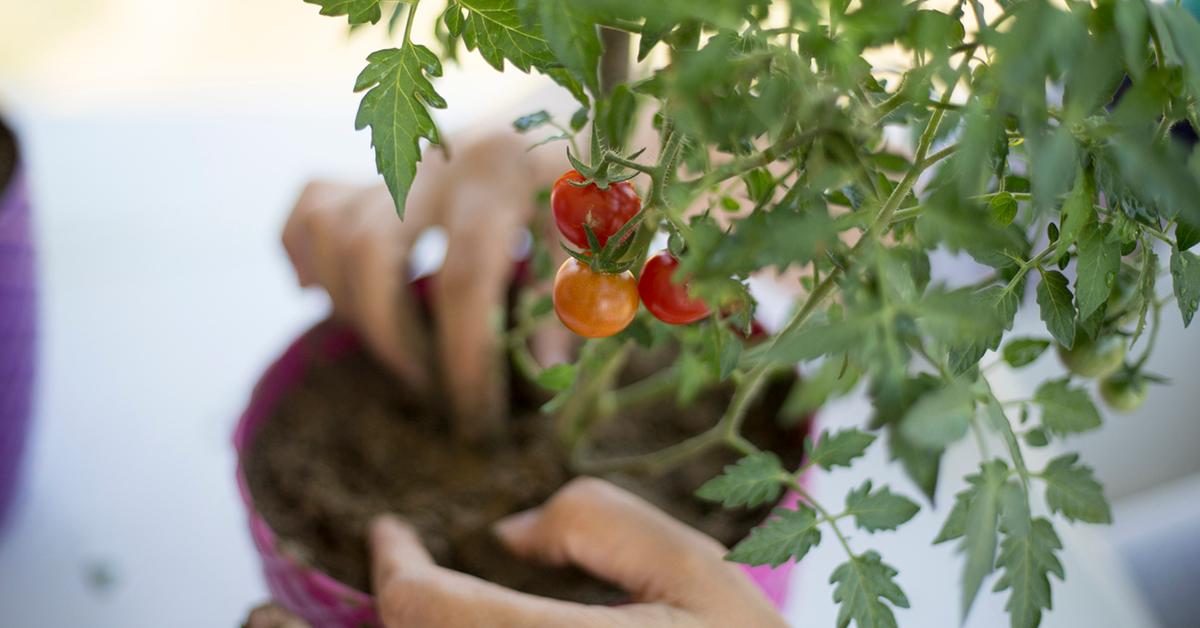
If the whole outdoor-garden-plot thing isn’t for you, many vegetables can be grown in pots. Luckily, vegetables aren’t too picky about the containers they grow in. (You can even grow veggies in upcycled wine bottles for the world’s smallest garden!)
While it’s probably best to avoid containers made of terracotta (the material itself retains water) and treated wood (the chemicals could leach into the plants’ roots) according to Better Homes and Garden, the main requirement for picking containers for your vegetable garden is that they’re big enough. Once you have a large enough pot, you’re good to start planting.
Are worms good for vegetable gardens?
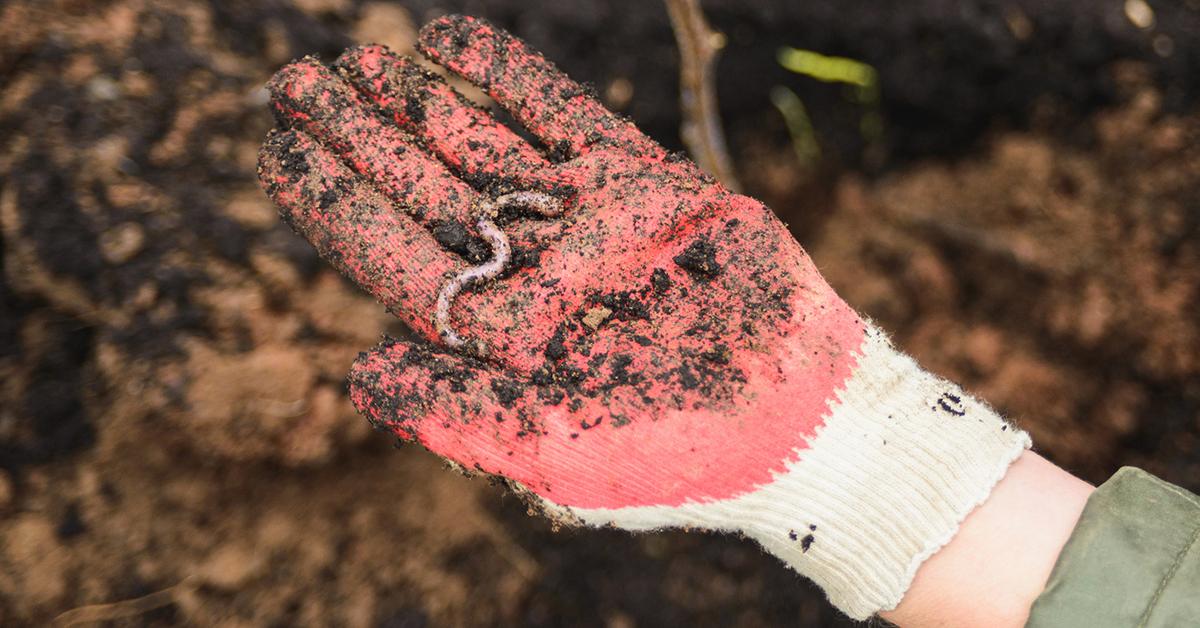
Earthworms can be very beneficial for vegetable gardens, according to SF Gate. The presence of worms in your veggie garden could increase air flow for the soil, increase nutrients, and promote the growth of “good” bacteria. (Yes, there’s such a thing as good bacteria in a garden!)